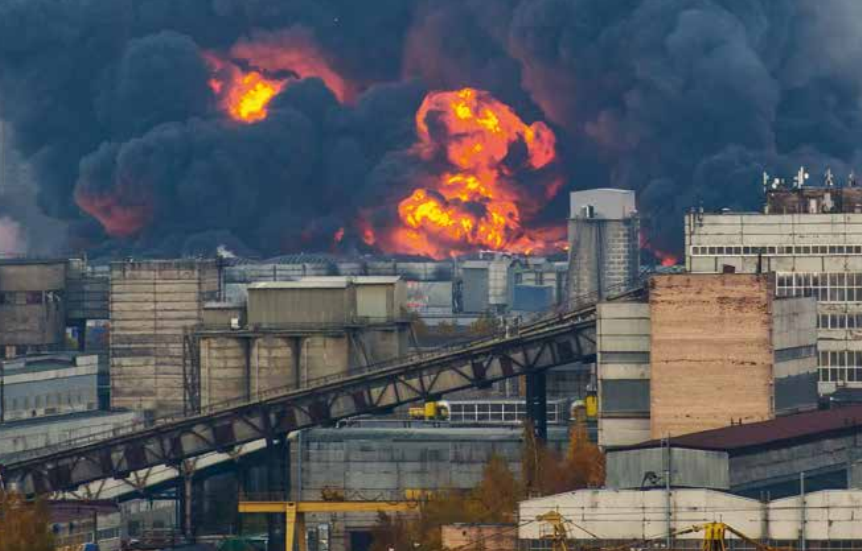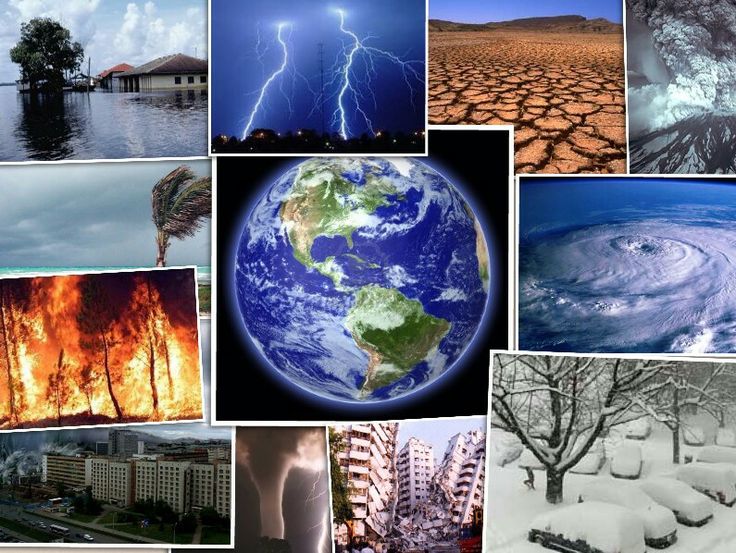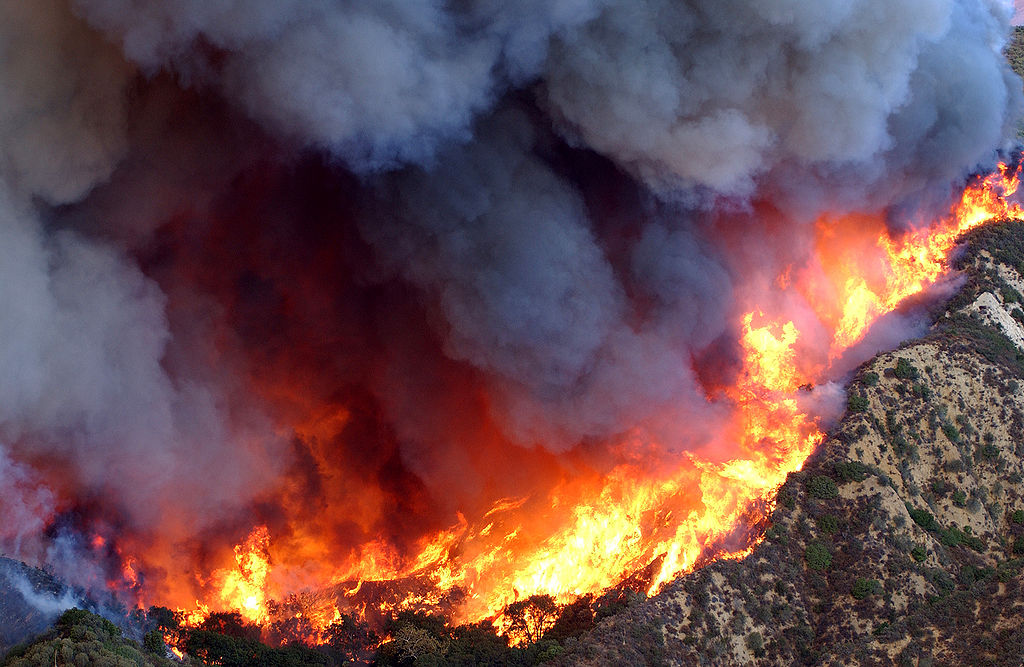

Fire the top cause of corporate insurance claims


- Fire is the top cause of corporate insurance claims in the USA, accounting for 22% of the value of all claims.
- Storm damage ranks as the second top cause of loss (18%), driven by 2017’s record breaking hurricane year – and the devastating impact of Harvey, Irma and Maria – as well as further losses from hurricanes Florence and Michael during 2018.
- In Canada fire/explosion also top the list of insurance claims accounting for almost a quarter (23%) of commercial claims by value.
These are some of the key findings of the latest Global Claims Review by Allianz Global Corporate & Specialty (AGCS) reporting on the top causes of claims in the corporate insurance segment.
The review is based on an analysis of 470,000 claims from over 200 countries over the past five years (July 2013 to July 2018) with an approximate value of €58bn (US$66.5bn).
The report examines global developments in corporate insurance claims, highlighting the top causes of loss, and other trends. It also examines a number of industry-specific trends that will impact the claims landscape in future.
In the USA, automobile crash/collision is the most frequent cause of loss accounting for one claim in 10. This is followed by water damage and faulty workmanship/maintenance incidents.
The analysis shows that globally over 75% of financial losses arise from 10 causes of loss, with the largest single identified cause being fire/ explosion, which account for almost a quarter (24%) of the value of all claims.
The claims analysis also highlights the growing relevance of business interruption (BI) as a consequence of losses in property insurance, heightened by today’s increasingly interconnected and globalized business environment.
Fire is the top cause of corporate insurance losses in Canada, China, Germany and the USA. Aviation collision/crash incidents rank as the major losses in Australia and Spain. Storm activity is responsible for the most expensive losses in Hong Kong.
The Americas region, driven by the USA, continues to be the largest corporate insurance market in terms of both number of claims generated (57%) and the overall value of claims received (35%).
Despite record-breaking natural disaster losses in the United States and elsewhere around the world, storms are the only natural catastrophe events in the top 10 causes of losses. “Analysis shows corporate insurance claims typically originate from technical or human factors – or non-natural catastrophe events – accounting for 87% of all claims by value.”
Businesses have to navigate an increasingly complex risk landscape, notes the report. “As well as combatting the threat posed by a host of natural and man-made hazards, companies also have to deal with the demands of a less forgiving regulatory and legal environment and emerging risks posed by our growing reliance on technology.”
The full report is available here.
Recent Posts
The Future of Cement as a Sustainable and Resilient Building Product
The future of cement shaping up to forge a more sustainable construction industry that meets…
The Growing Importance of Resiliency in the Design and Construction of Buildings
Resiliency is becoming increasingly important in building design and construction due to the rising frequency…
GCCA Global Low Carbon Ratings for Cement and Concrete
The Global Cement and Concrete Association (GCCA) has developed a standardised low carbon rating system…
Building for Resiliency with Insulated Concrete Forms
Building with Insulated Concrete Forms (ICFs) is increasingly recognized as a critical component of modern…
Building Resiliency in the Pacific Northwest
In the Pacific Northwest, the increasing frequency and severity of climate-related disasters, such as wildfires,…
How California can rebuild safer, more resilient cities after wildfires
The catastrophic LA wildfires were a powerful reminder that governments and communities need to think…


